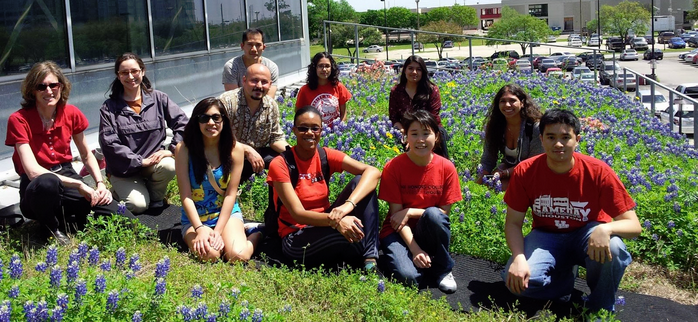To start the fall semester, I decided to purchase some interesting seeds online - dragon tree seeds. The fully grown tree is known for having blood-red resin in its trunk, which has a variety of uses. There are two main species of dragon trees that are harvested for this resin -
Dracaena drago and
Dracaena cinnabari. I could only find seeds for the former, which is native to the Canary Islands.
Unlike most seeds, dragon tree seeds have a very tough outer shell. This protects the seeds as they pass through birds' digestive tracts in their natural habitat, allowing them to be dispersed in various locations, but it also makes it more difficult for growers to germinate the seed. To break this coat and allow water into the seed, scarification is key. Scarification involves nicking or breaking the outer coat of seeds to speed up the germination process. Usually sandpaper is used, though knives can also work for larger seeds. I found that sandpaper worked fine for these relatively small seeds (~5mm in diameter). Scarification is also useful for other plants with tough seeds, such as bluebonnets.
 |
Notice the dark orange outer coat and the exposed white surface of the seed
|
After scarifying all seeds, I placed them in a cup of water for about three days, changing the water periodically. After this time, you can see a single white root protruding from many of the seeds. This seed should be planted in well-draining soil with this root pointing down and covered with 0.25 inches of soil. I just planted mine, so I have no idea how long it takes to germinate when they have the single root, but most sources indicate 30 days for any growth to appear.







